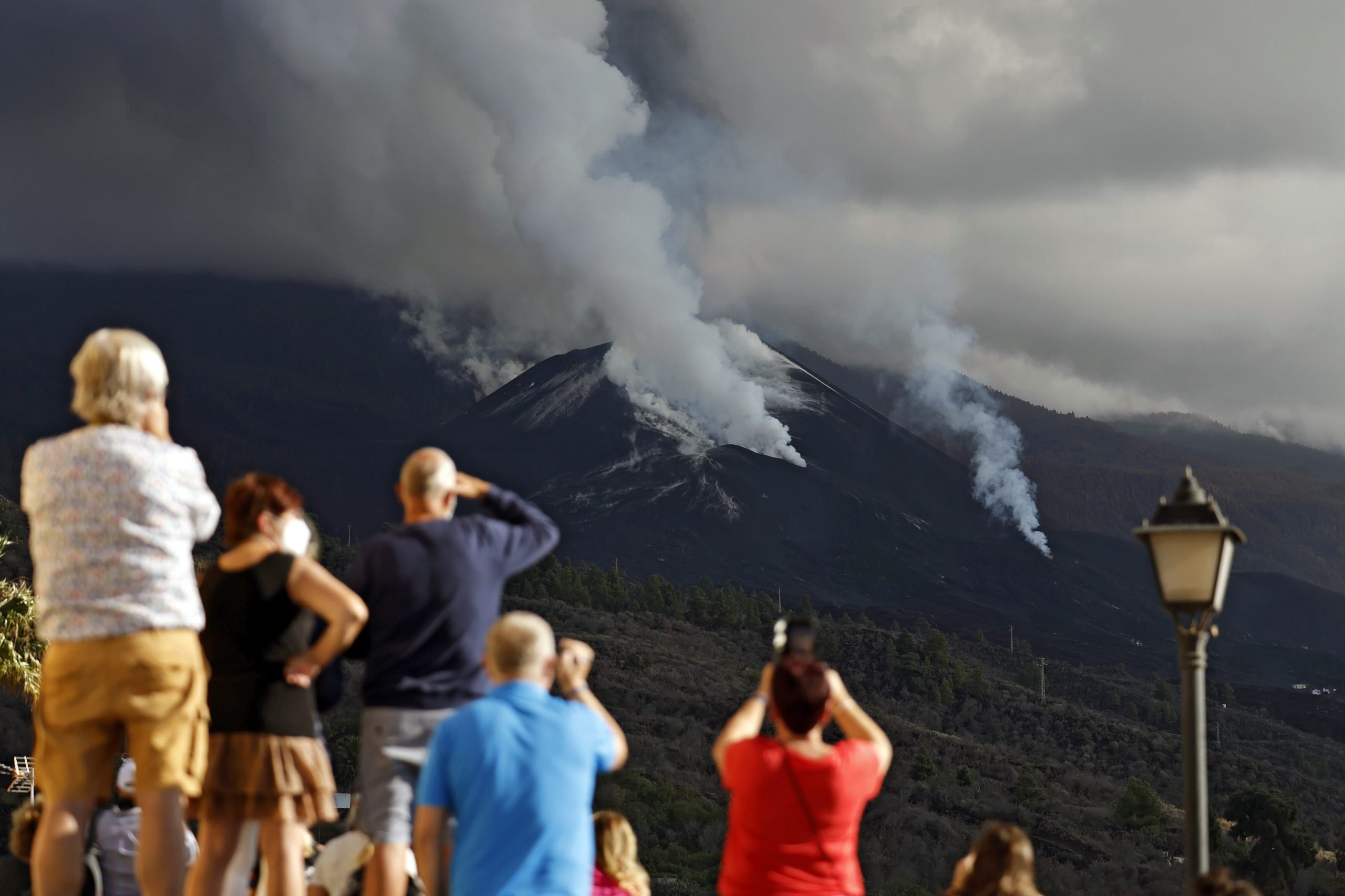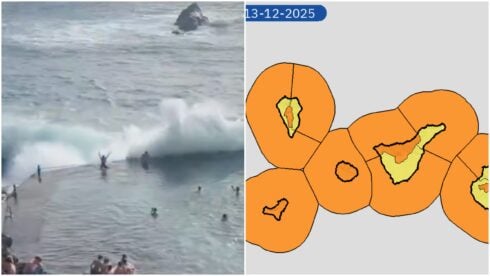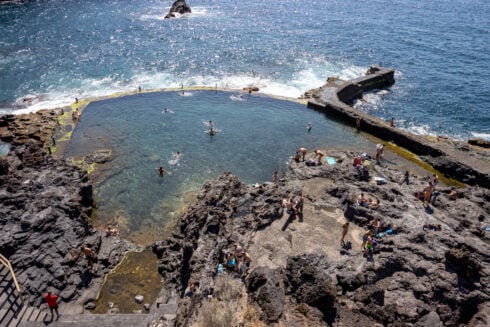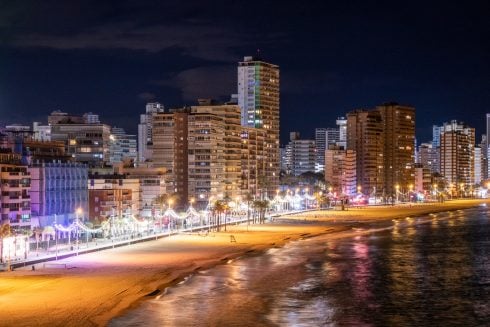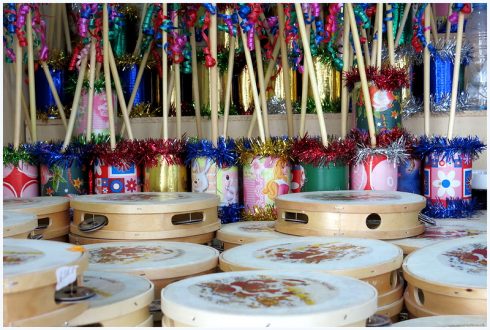CANARY Island authorities declared that the volcanic eruption of Cumbre Vieja that began on September 19 to be officially over on Christmas Day following 10 days in which no seismic activity was recorded.
The volcano on La Palma suddenly went quiet on December 13 but authorities only gave the all-clear on Christmas Day.
Volcanologists said they needed to certify that three key variables – gas, lava and tremors – had subsided over a period of 10 days in order to declare the volcano’s apparent exhaustion.
“What I want to say today can be said with just four words: The eruption is over,” said Julio Perez, the director of volcanic emergencies committee, Pevolca.
However, the state of emergency that was declared in La Palma will continue in the wake of the devastation caused by the eruption, which after 85 days and 8 hours, was the longest in the island’s history.
“It’s not joy or satisfaction – how can we define what we feel? It’s an emotional relief. And hope, because now, we can apply ourselves and focus completely on the reconstruction work.”
A mammoth clean up session can now get underway, with Perez valuing the loss of buildings and infrastructure at more than €900 million.
The eruption saw lava flows surge down from mouths on the volcanic ridge towards the shore, devastating more than 1,200 hectares – the equivalent of some 1,500 football pitches – and destroying some three thousand buildings.
More than 7,000 people had been evacuated from their homes and parts of the island cut off as molten lava destroyed roads and irrigation and swallowed up huge swathes of the banana plantations that are an economic mainstay of the island.
READ ALSO:
- An end to eruption? Eerie silence as La Palma volcano falls quiet in Spain’s Canary Islands
- WATCH: Lava engulfs cemetery on La Palma
Click here to read more Canary Islands News from The Olive Press.

